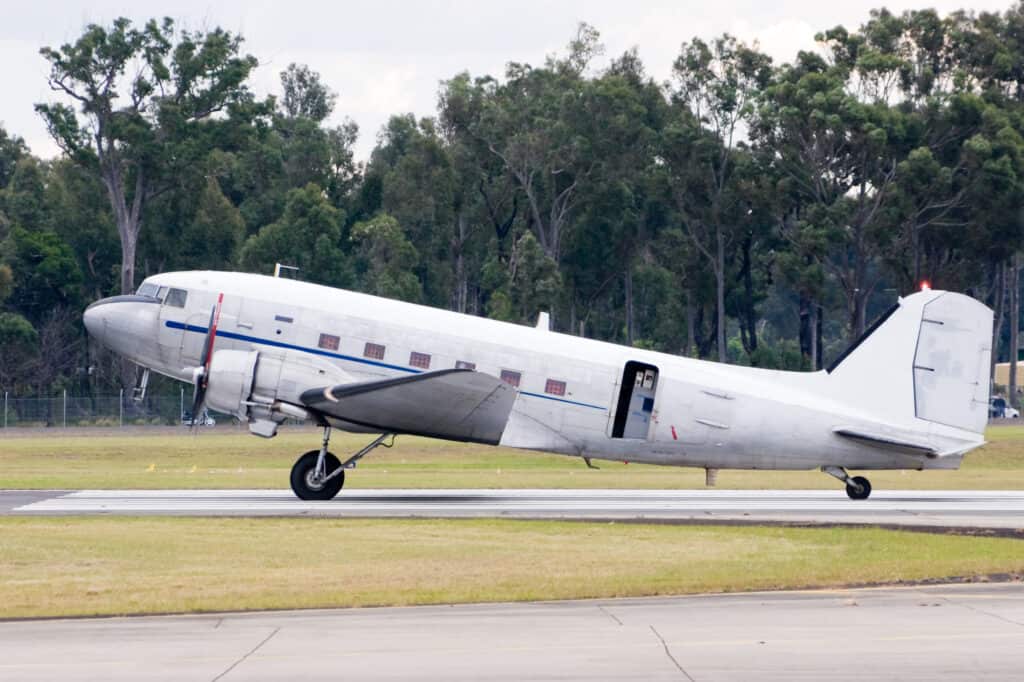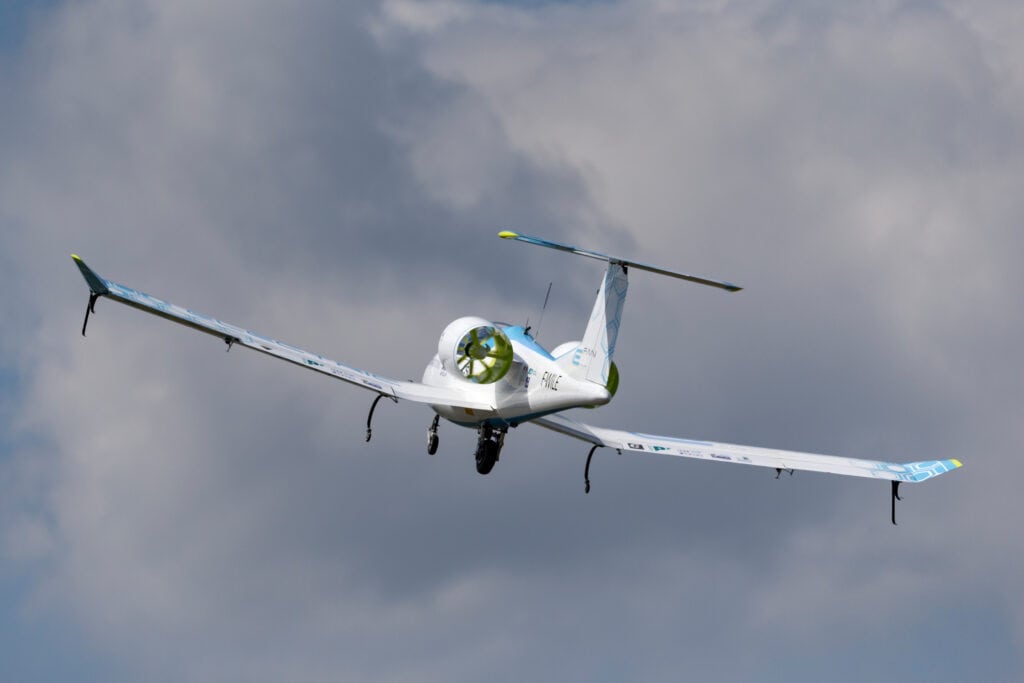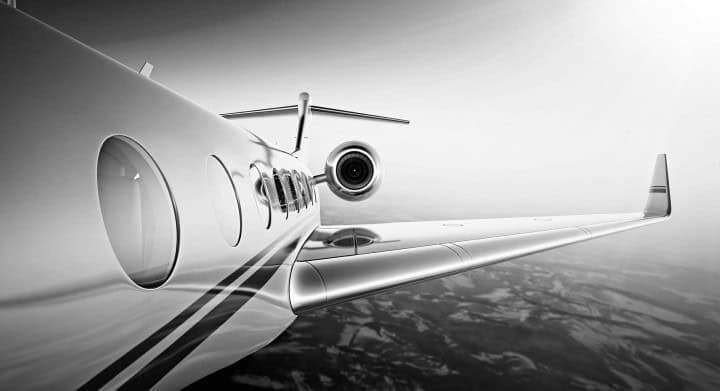
Jet Support Services, Inc. (JSSI) celebrates Aviation History Month with a special feature on the history of business aviation; where things started and how it grew into the power-industry of today; what inspired growth and the continued drive for innovation.
Interviewed for this feature are JSSI’s very own BizAv veterans: Lou Seno, co-founder of JSSI; and Bill de Decker, co-founder of Conklin & de Decker – who have both witnessed the growth of our industry since its very beginnings.
The “birth” of business aviation dates back to the early 20th century as aviation entrepreneurs dared to dream beyond military and commercial use. The 1930s, often referred to as the ‘golden age’ of aviation, represents a time of significant advancements in both technology and design.
The iconic Douglas DC-3 powered most commercial flights at this time, but even as airline services and routes expanded, commercial aviation alone could not fully support the uptake in demand and excitement around air travel.
Organizations and corporate executives started to recognize the potential of aviation for business purposes. The story of business aviation begun; a captivating tale of innovation and drive for efficiency and flexibility.


“The Great Depression put a lot of early aircraft manufacturers out of business, but after the war broke out, if you had a manufacturing facility… you were making airplanes for the government. This resulted in a surplus of military aircraft in the aftermath of World War II, creating an opportunity for businesses to acquire planes at an affordable price and repurpose them for business use.” said Lou Seno.
The increase in supply of aircraft coupled with the economic boom of the 1950s sparked growth. In 1956, the Lockheed JetStar became the first business jet produced at scale; originally designed to satisfy a government proposal for a small utility jet, newfound potential and demand was discovered in the civilian market. Gulfstream came out with the G1 in the late 50s.
Shortly after, in the 1960s, the Learjet 23 was introduced – the world’s first light business jet. New manufacturers joined the race. Business aviation started to become more accessible and appealing to a wider range of industries.
“This was really the starting point of modern-day business aviation,” added Mr. Seno, looking back at his first solo flight in 1966.
Bill de Decker, who graduated with an aerospace engineering degree from Princeton University in the early 1960s adds, “I began my career working on the Apollo project, a few years later I joined one of the major business manufacturers (Falcon Jet) to set up their Sales Engineering Department and sell aircraft. At the time I joined this program, I was one of a total of 35 employees – today that organization has 3,000+ employees. As I look back, I still remember the excitement in the aviation community and amongst my colleagues; there was a drive to problem-solve, build and innovate.”
⭐ In the early 70s, the global business jet fleet measured to around 1,000 planes. Today, the industry powers roughly 24,000 business aircraft in operation.
In the coming two decades, the business aviation landscape continues to transform. New corporate jets with increased speed, range and comfort marked new milestones. Noise reduction and safety were key industry trends of this time triggering many advancements in engine technology and efficiency, as well as better avionics and navigation systems.
“Noise control discussions in the 70s can be compared to conversations we have today around sustainability and SAF; most aircraft were incredibly loud and eventually regulation was rolled out to address noise. The industry came together to solve for challenges, as we do today. Organizations such as NBAA were impactful in driving growth and change, setting early safety and maintenance guidelines amongst other things.” said Seno.
At that time, Bill de Decker managed one of the first ever digital, visual simulator-based training programs with Flight Safety, the pioneer in bringing the safety of professional, airline style training to the business aviation community.
The late 20th century witnessed a surge in globalization, and business aviation adapted to meet growing demand. With the ability to reach remote locations and navigate with greater flexibility than commercial airlines, corporate jets became both an essential tool to do business and a necessary resource for emergency rescue and medical transportation services.
The service network of the industry began to form; JSSI and Conklin & de Decker were both founded in the 1980s, reimagining maintenance support and data transparency in the industry.
⭐ Business aircraft reaches ~5,000 airports in the U.S., while airlines have access to only ~500 airports
⭐ 80% of business flights travel to airports in small towns and communities
⭐ Business aviation employs over 1.2M people and contributes over $246B to the U.S. economy
(via Climbing. Fast, NBAA)
The industry continues to evolve with its time and the 21st century has seen remarkable innovation in many areas, including development of more fuel-efficient aircraft, advancements in sustainable aviation, and the power of data is driving continued operational efficiency. The stage for next-generation advanced air mobility and electrification is set.
As we look to the future, business aviation promises new chapters of innovation, sustainability, and global connectivity. It continues to be an exciting time to drive innovation, as new and diverse entrants to our industry change expectations for design, service and support.

Lou Seno and Bill de Decker are both recipients of NBAA’s John P. “Jack” Doswell Award,
a prestigious honor that speaks to their dedication to innovation in business aviation.


JSSI is the leading independent provider of aircraft maintenance support and financial services to the business aviation industry.

JSSI’s Hourly Cost Maintenance (HCM) Programs bring peace of mind to owners and operators of virtually any business aircraft. Our programs are designed to stabilize your maintenance budget, maximize availability, and enhance the residual value of your aircraft – offering flexible coverage options:
Engine I APU I Airframe I Tip-to-Tail®